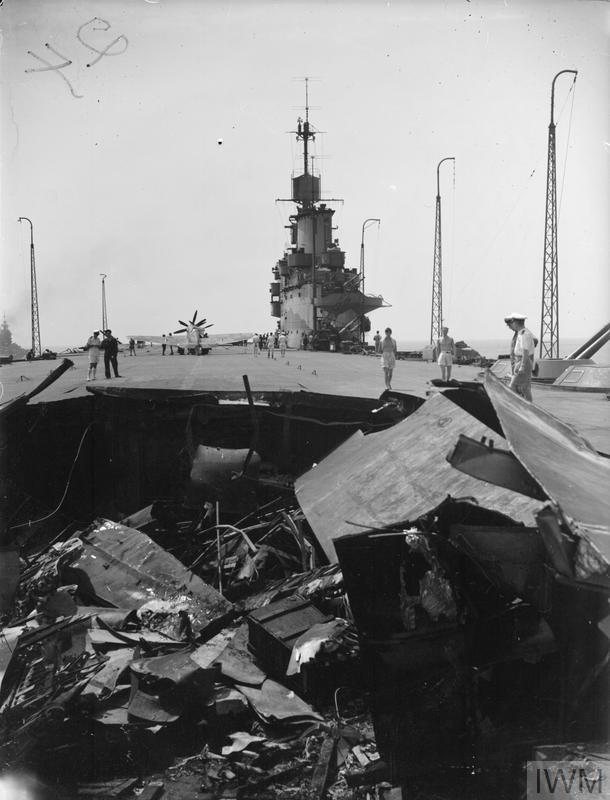Admiral Beez
Major
IDK. I expect the firms to fail to deliver on the performance specs, especially in the early variants, but I think whatever is chosen would be both interesting and competitive for the MTO and later PTO. Something like a Spitfire with a Mustang's internal fuel, Fulmar's wing fold and robust undercarriage and the Barracuda's excellent landing characteristics (as far as those flaps and wings can work on a fighter without hurting performance) would be a start.An even more disappointing Blackburn Firebrand?
Check out the responses to Specification N.8/37, which called for development of a carrier-based single-seat fighter for the Fleet Air Arm, capable of at least 380mph at 15,000ft and armed with 8 Mags.
EDIT: d'oh, beaten to the punch.
The Barracuda may be ugly, but did you ever see another British-designed monoplane carrier aircraft land with so little drama?
View: https://youtu.be/tnNpUk-6VGo?t=501

